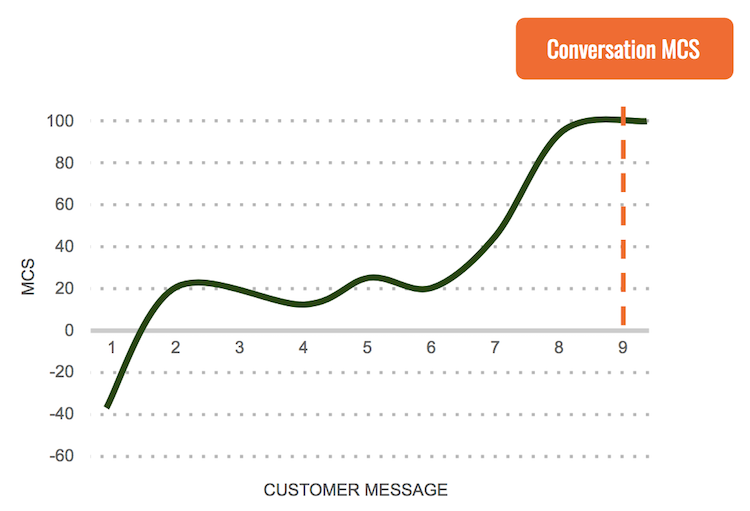
Chat support is increasingly being used as a new channel for customer service. It’s sometimes referred to as chat support.
Many people have tried chat support for the first time, but find it difficult to operate and manage successfully.
In this article, we’ll introduce 11 tips to remember for chat support. We’ll also explain chat response etiquette and how it can improves customer satisfaction. At the end, KPIs to measure response quality will also be explained for reference.
Communication Business Avenue has been helping some of the world’s largest companies to integrate call center systems and digital communication tools for the past 16 years.
If the operator closes the conversation thinking that this is the end of it on their own, this can lead to unexpected complaints. Be sure to ask, “Do you have any more questions?” or “Is this the end of today’s enquiries?”.
Only those questions that cannot be handled by the chatbot should be escalated to a manned chat flow.
Have you created a chat window but seen low usage – Google research shows that 90% of people who visit a site will leave within 30 seconds. Make sure you place the chat window in a location where site visitors can find it within those 30 seconds.
Where are the most effective locations? Generally, the highest chat usage rates are on FAQ pages. You may want to place the chatbot on a page where visitors are likely to leave, so in asking whether they need assistance, you encourage them to remain on your site.
The quality of responses can be improved by analysing the history of chat responses. You can identify and analyse questions such as “What questions are taking a long time to respond to?” or “Which responses took a long time because the guidance was not appropriate?”
The advantages of chat responses are flexibility and a warm, human touch. Be careful not to use canned text, as this does not bring out the advantages of chatting. Even if there is a certain amount of canned text for opening and closing, it is best to avoid canned text during the response.


CBA (Communication Business Avenue, Inc) is a software developer and worldwide systems integrator, innovating communication solutions since 2006. For more than 15 years, CBA has been providing Omnichannel Communication Solutions to help brands deliver excellent customer satisfaction.
5th Floor, YRP Center 1st Bldg,
Hikarinooka 3-4, Yokosuka City,
Kanagawa Prefecture,
239-0847, Japan
Tel: +81 46 821 3362
Email: info.apac@cba-gbl.com

ISO/IEC 27001:2013 Certified. Cert. No: GIJP-0161-IC | Privacy Mark Certification Cert. No: 10824320 (05)
ISO/IEC 27001:2013 Certified. Cert. No: GIJP-0161-IC
Privacy Mark Certification Cert. No: 10824320 (05)
© 2021-2025 Communication Business Avenue, Inc. | Privacy Policy | Terms of Service
© 2021-2025 Communication Business Avenue, Inc.
Privacy Policy | Terms of Service